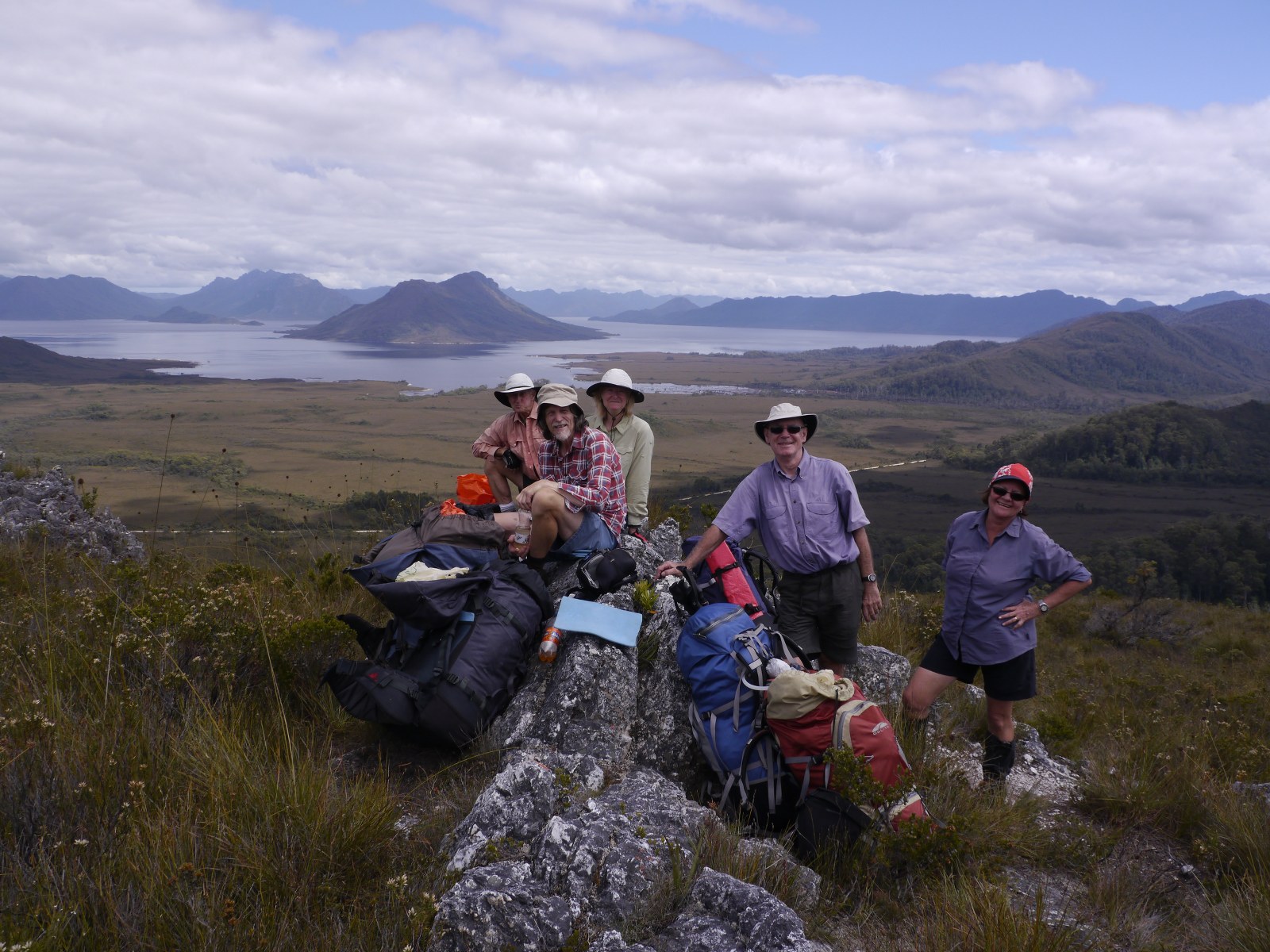Reading Time: 4 minutes
Group size
The enjoyment derived from a trip will vary from person to person. Some people prefer to walk alone enjoying the solitude and the freedom of decision making without needing to consider the impact of those decisions on others. Some like to walk with a friend or a small group of friends enjoying the company, shared responsibilities and mutual support. Larger groups also enjoy the social side and the support inherent in being part of a group with an experienced, capable leader.
There are several factors a leader should consider when determining group size. For some tracks, permits are required which automatically restrict group sizes. Availability of campsites and adequate water, fragility of environments, length and difficulty of a trip should all be taken into consideration. It is common for day walks and easy overnight walks to have larger numbers. Splitting the group, if adequate sub-leaders are available, can make leadership more manageable.
Four to six persons is a good number and on harder trips more than eight starts to become slow and unwieldy.
| Group size | Benefits | Disadvantages | Considerations |
| One/solo |
|
|
|
| Two |
|
|
|
| Three |
|
|
|
| Four plus |
|
|
|
| Large group – e.g. 10 or more |
|
|
|
Group size benefits, disadvantages and considerations
Matching trips and groups
A leader may have decided to do a particular trip and then select a suitable group, or a group of friends may plan a trip without a designated leader. These two situations require different approaches, but the principles given below still apply.
Fitting the “trip to the group”
Ensure the trip fits with the capabilities of all the group members:
- Determine the level of skill, experience, fitness and equipment of each member
- Identify those who can assist given their level of skill and experience.
Use this information to guide trip planning.
Fitting the “group to the trip”
The importance of selecting group members increases in direct proportion to the length of the trip and to its degree of difficulty. For example, group selection would less significant for an easy spring weekend walk in the Adelaide Hills, but would be very important for a three-week trip in southwest Tasmania.
For all trips, but especially for longer and harder ones, the following factors should be considered in the selection of group members:
- Size of group – see information on Group Size above.
- Age – trip may be inappropriate for the young or the old, e.g. extended winter trips in alpine areas are not suitable for groups of young teenagers.
- Compatibility – this is especially important in adverse conditions. Consider group members strengths and weaknesses.
- Fitness – fitness of each person should be adequate for the trip and have been demonstrated on previous trips. The fittest should have demonstrated their ability to control any racehorse tendencies.
- Special skills – should be an adequate and balanced level of skills such as navigation, first aid, campcraft and bush skills across the group.
- Equipment – should be well proven. Group members should have tested and become familiar with any new or borrowed equipment prior to a long trip.
For extended walks, pre-trip training and trial walks are highly desirable, especially where group members don’t know each other well. They also help to promote team spirit.
Age of participants
People of all ages can participate in bushwalking as a safe and enjoyable activity.
Young children need particular care and attention with trips carefully planned to ensure they are stimulating and safe.
Experience in Australia suggests that for adventurous trips and especially trips of more than three days duration at any time of the year, the minimum age of persons participating should be 16 years. Relaxation of this age restriction could be considered for trips in milder months, but the physical and emotional makeup of the participants should be taken into account.
Some clubs and community groups may have set rules about the age of participants on their trips and also policies and procedures for walking with children.

